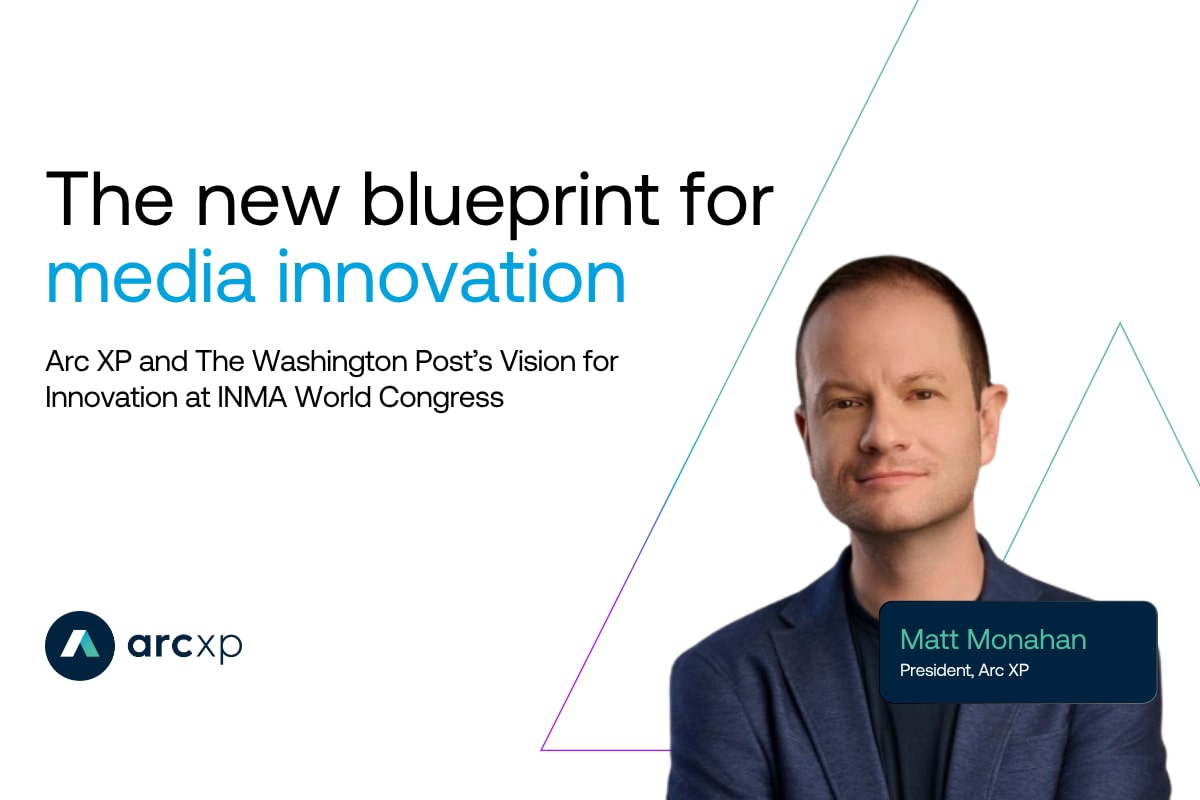Storytelling, empathy, and UX research
Among the goals of user experience (UX) research is to build empathy for users. To truly understand your users and their pain points, you need to bring them to life. Here’s how.
Make it easy for Ed
A few years ago I was running a user test for a B-to-B vehicle re-marketing platform. I was sitting with a husband and wife team, Connie and Ed, who owned a used car dealership, and seeing if they understood the new features. Their dealership was small, what people in that industry call a “rock lot” — a small, gravel lot, used car dealership. They were not terribly tech savvy (think Yahoo and Internet Explorer.) A lot of what we covered felt like a real struggle for Ed and Connie. At the end of the interview Connie sighed, looked me in the eye, and said, “just make it easy for Ed.”
Words to live by.
Among the goals of user experience (UX) research is to build empathy for your users. For Arc XP, “users” mean both our client’s Arc XP platform users and the decision makers within their organization. As a principal UX researcher at Arc XP, when I hear our users make comments like Connie’s, I hear it as a mission statement. A central tenet of user-centered design is to simply make things easy.
UX research works to align our designers, product owners, project managers, developers, and leadership to all understand the client’s pain points and create a laser-focus on solving those problems. We pull together to make it easy not only for the tech-savvy developers using our platform but for the marketers and content creators with little-to-no coding experience. In other words, the Eds. We think about Ed and Connie as we discuss features (do you think this would confuse Ed and Connie? Are we making things hard for them with that feature?) and use the answers to help guide our decisions.
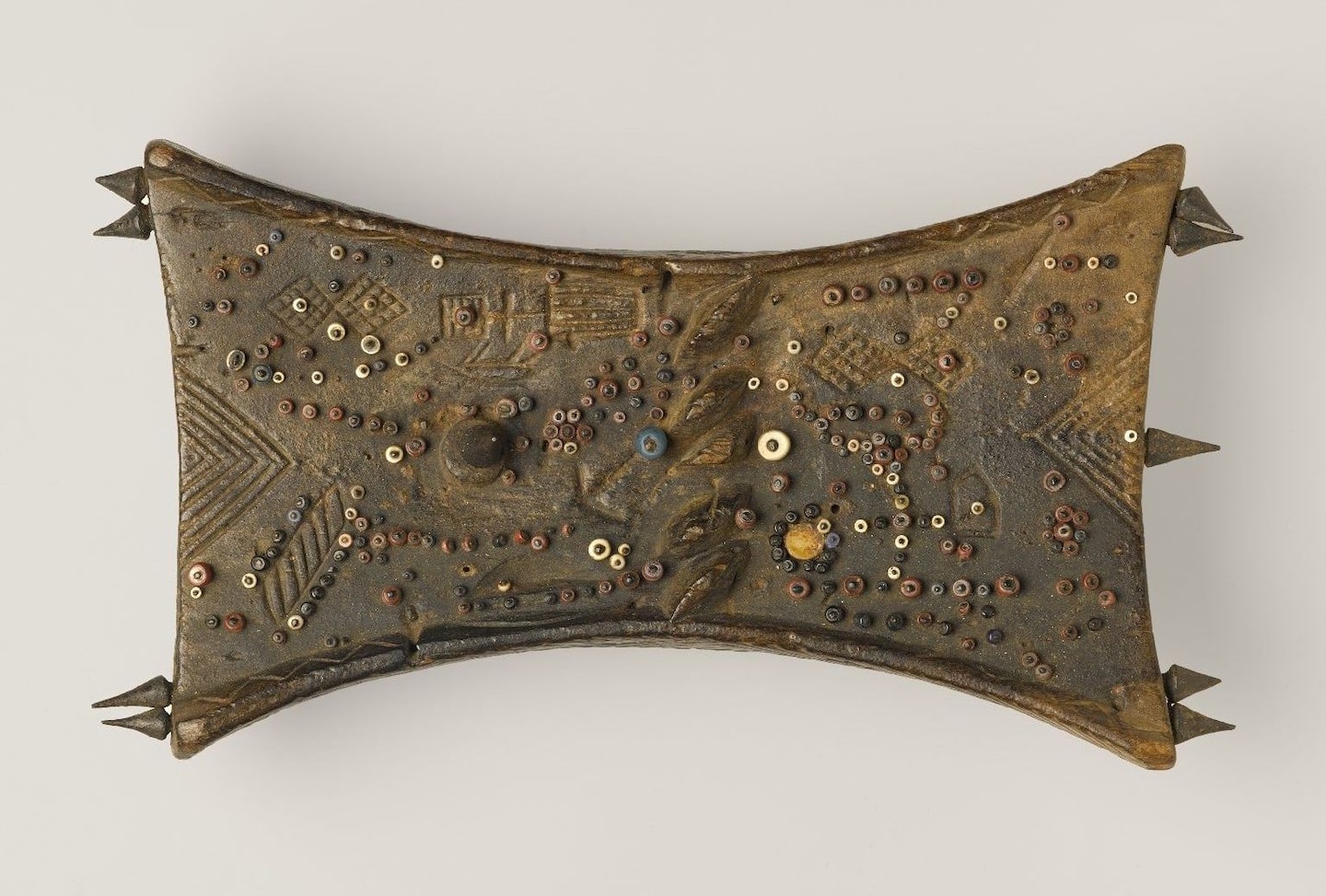
Research as a story
How does Arc XP get to that place where our users feel real, present, and at the table for the decision-making process? Through the use of research, personas, journey mapping, and most important, storytelling.
Using research we identify our target personas — rough sketches of the people for whom we design and build Arc XP’s digital experience platform. Personas can be built to varying degrees - simple snapshots as shown in Figure 1 or robust profiles like Figure 2 that include demographic information, tech expertise levels, and most important goals and motivations.
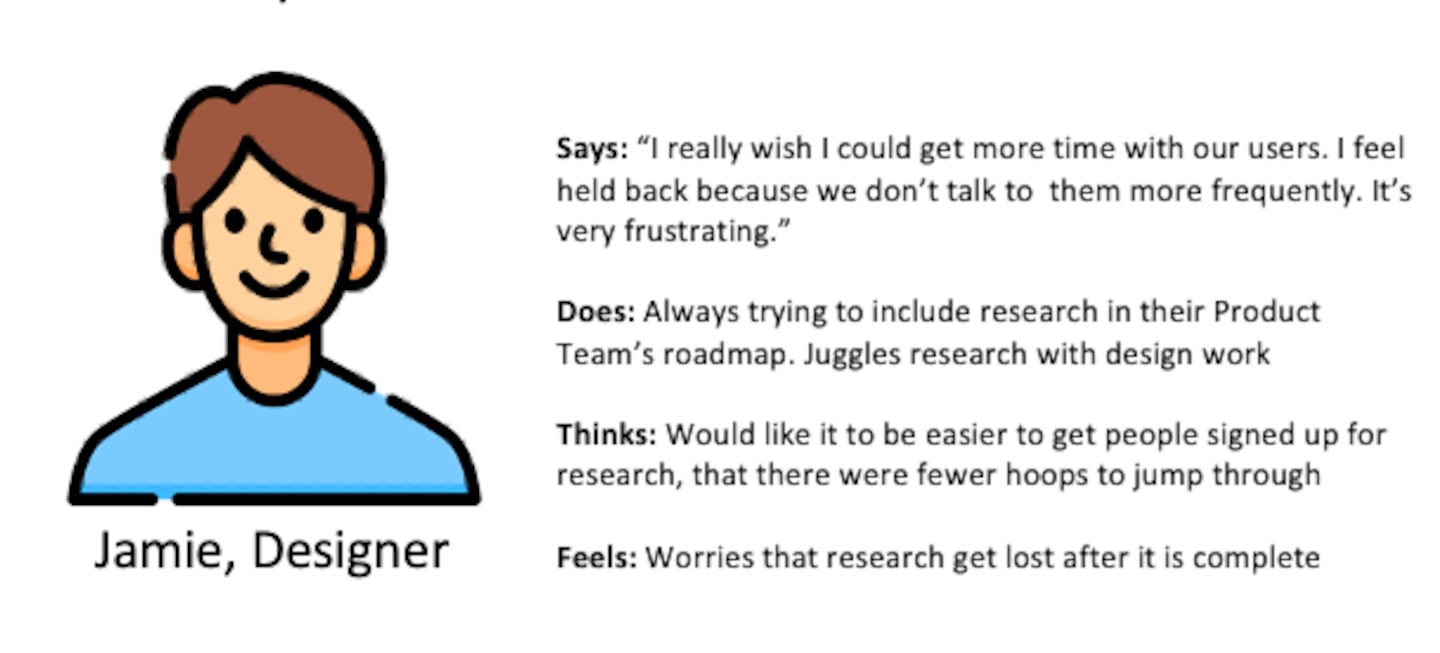
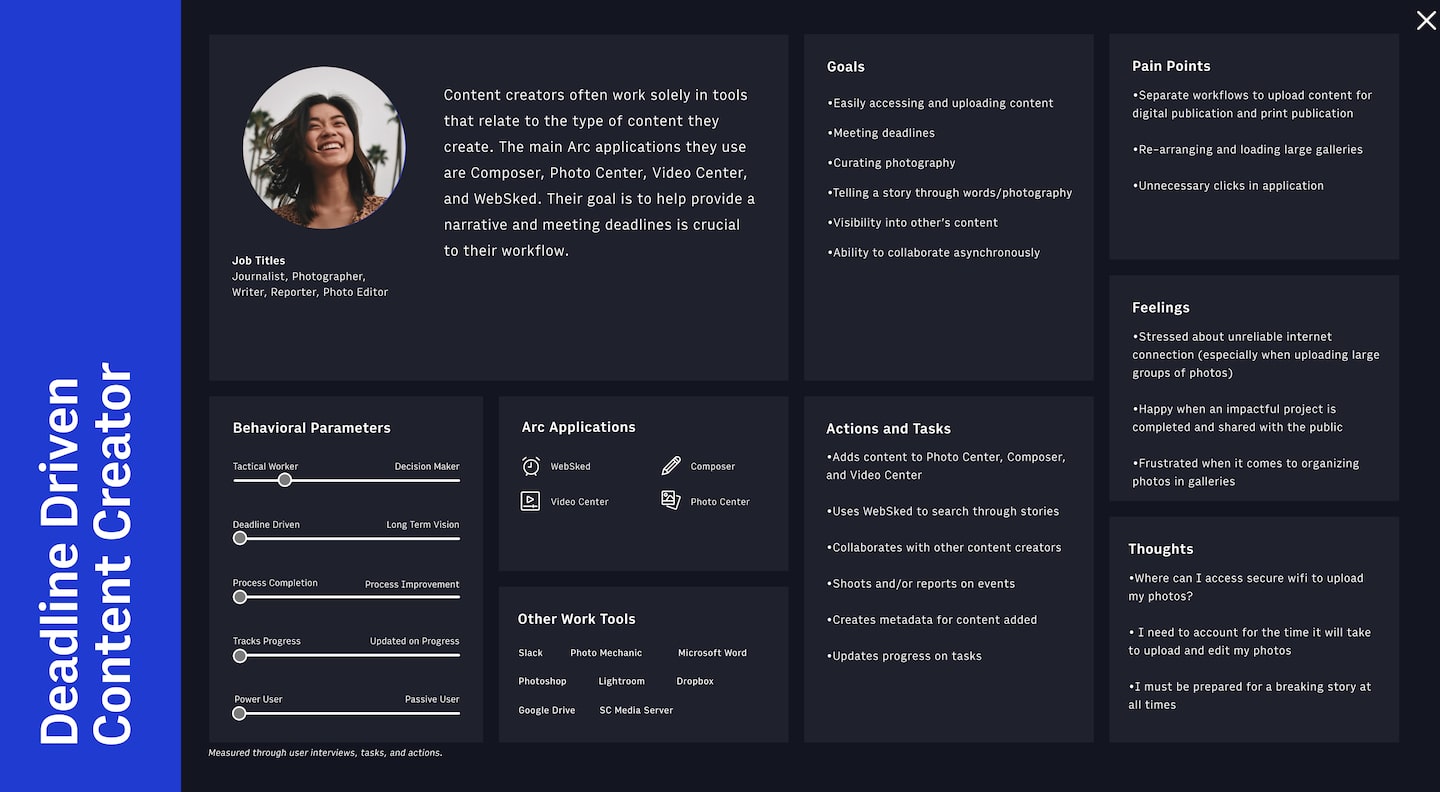
Personas provide the “cast of characters” for our journey maps, a valuable tool to distill large volumes of qualitative research down into a format that is manageable and allows us to identify the pain points we need to solve for. The journey map tells our persona’s story in a way that highlights what is going well, and more importantly what is not, for that persona as they work in Arc XP’s product suite.
Making things easy for Samira, Kaye, Diana, Franco, Daniel, and Collette
Recently I worked with one of our product designers, Caytlyn, on research focused on digital asset management for commerce. She came to me with lots of data and a beautiful FigJam board full of sticky notes organized by theme.
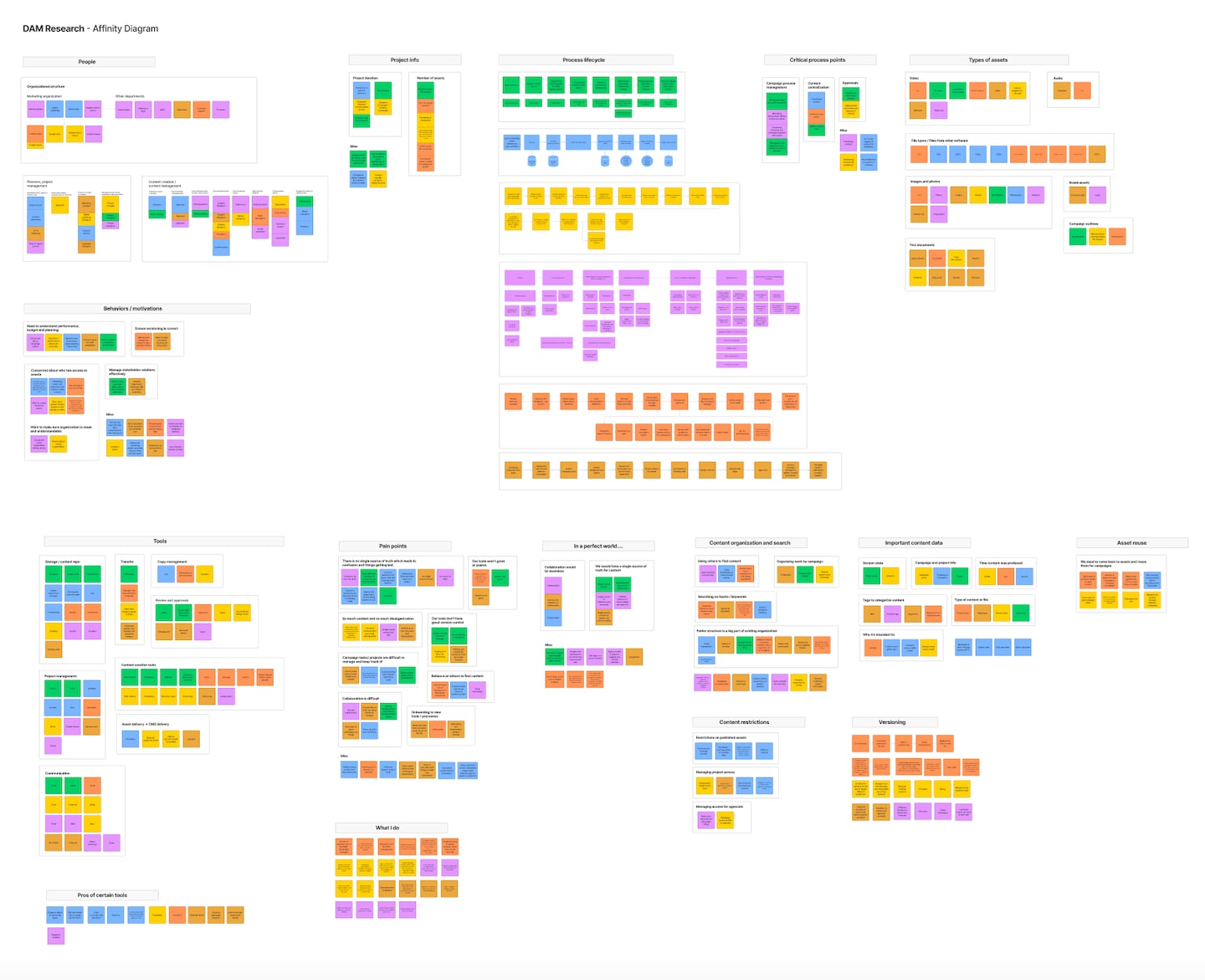
We talked through some of the high level findings and then pondered how she might share this information in a way that was not overwhelming, and made sure to highlight Arc XP’s spaces of opportunity. I suggested that she align the content from her FigJam board into personas and she tell us a story. The way that story flowed sounded similar to that which is shown in Figure 5., so I suggested she consider this format.
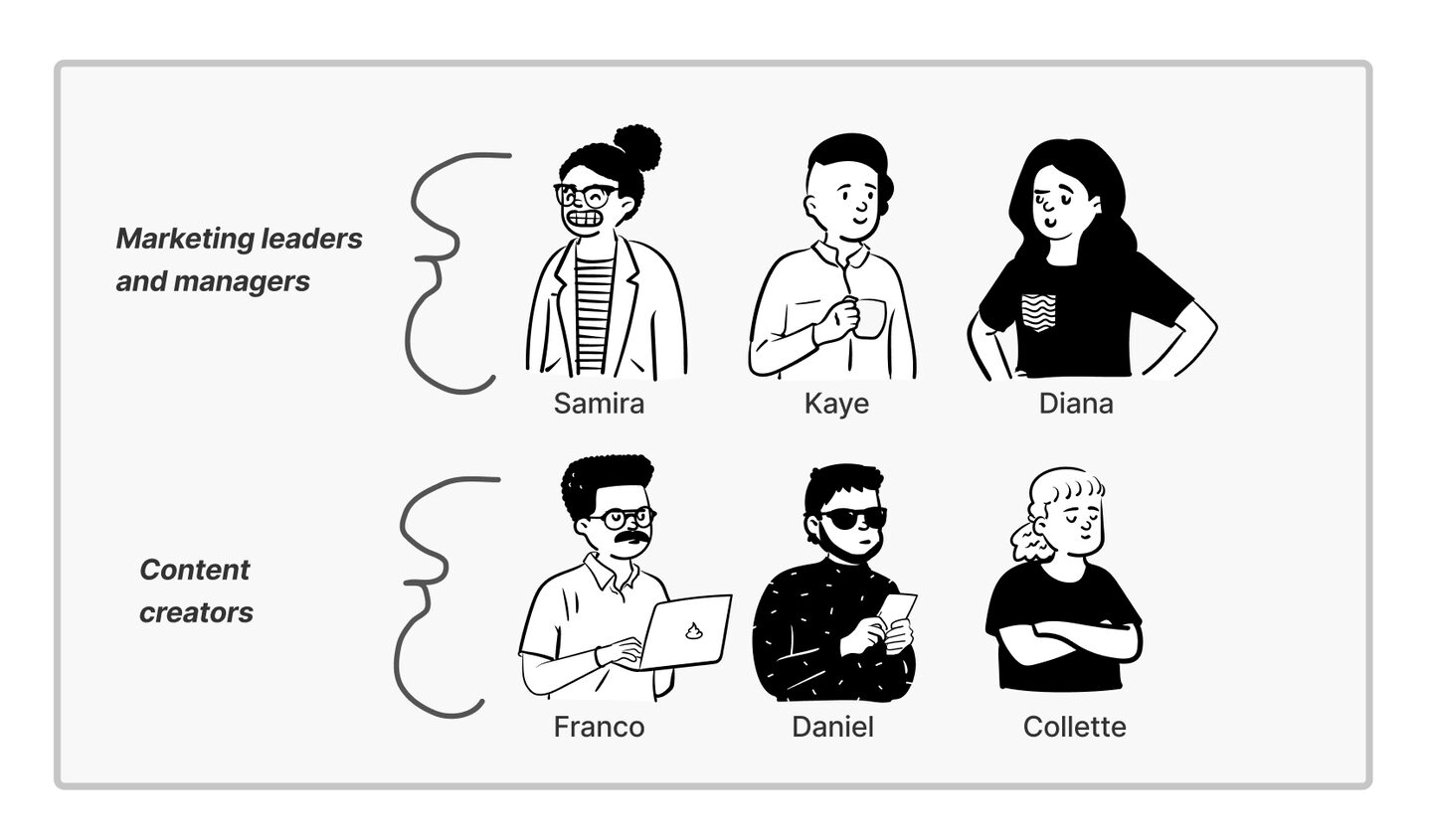

In Figure 5. you can see that Caytlyn knocked it out of the park with her journey map. While the story she tells is just one story, and of course there are others, her journey map helps us focus our attention on the most urgent findings from her research.
Pulling the research together into a journey map does require some moments of fiction — ad campaigns, for instance, can take anywhere from a few weeks to several months. And personas are often juggling multiple projects of this magnitude at the same time. That’s okay. To ensure the complexity these individuals face isn’t lost, we identify where we have simplified the story for the sake of clarity when we introduce the journey map.

Caytlyn’s journey map allows us to make what could be a dry and overwhelming research readout into something that is succinct, memorable, and actionable. Most important, it makes these personas and their struggles feel real. We are able to empathize with them, feel their problems for ourselves, and keep them in mind through all design and building stages. By identifying their pain points we can get to work making things easy for Samira, Kaye, Diana, Franco, Daniel, and Collette. Their story becomes the foundation for excellence across our product suite.
Storytelling at Arc XP
Given our roots in the news publishing industry, it is natural that we lean heavily on storytelling within our UX Research practice. It’s an excellent way for us to pull together our rich research and make it compelling and easily accessible for all of our stakeholders, from product design to marketing.
Recent resources

